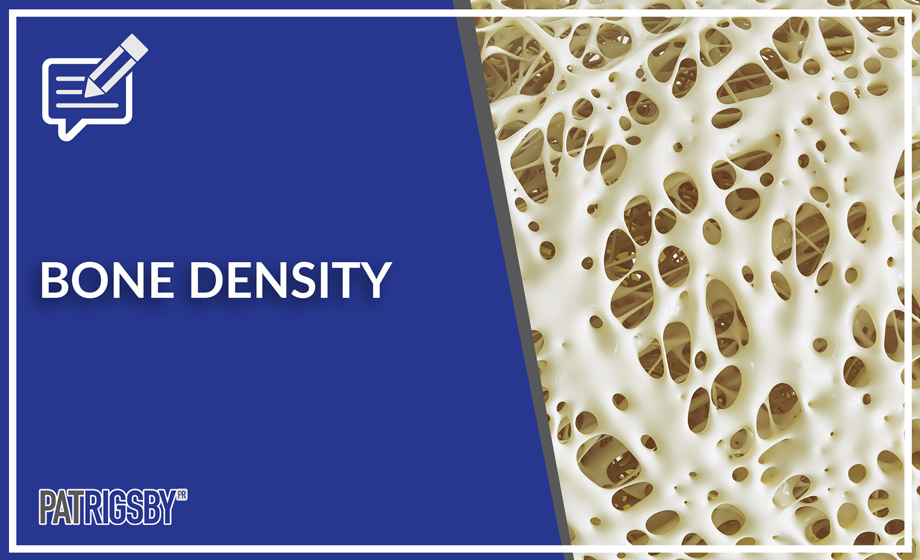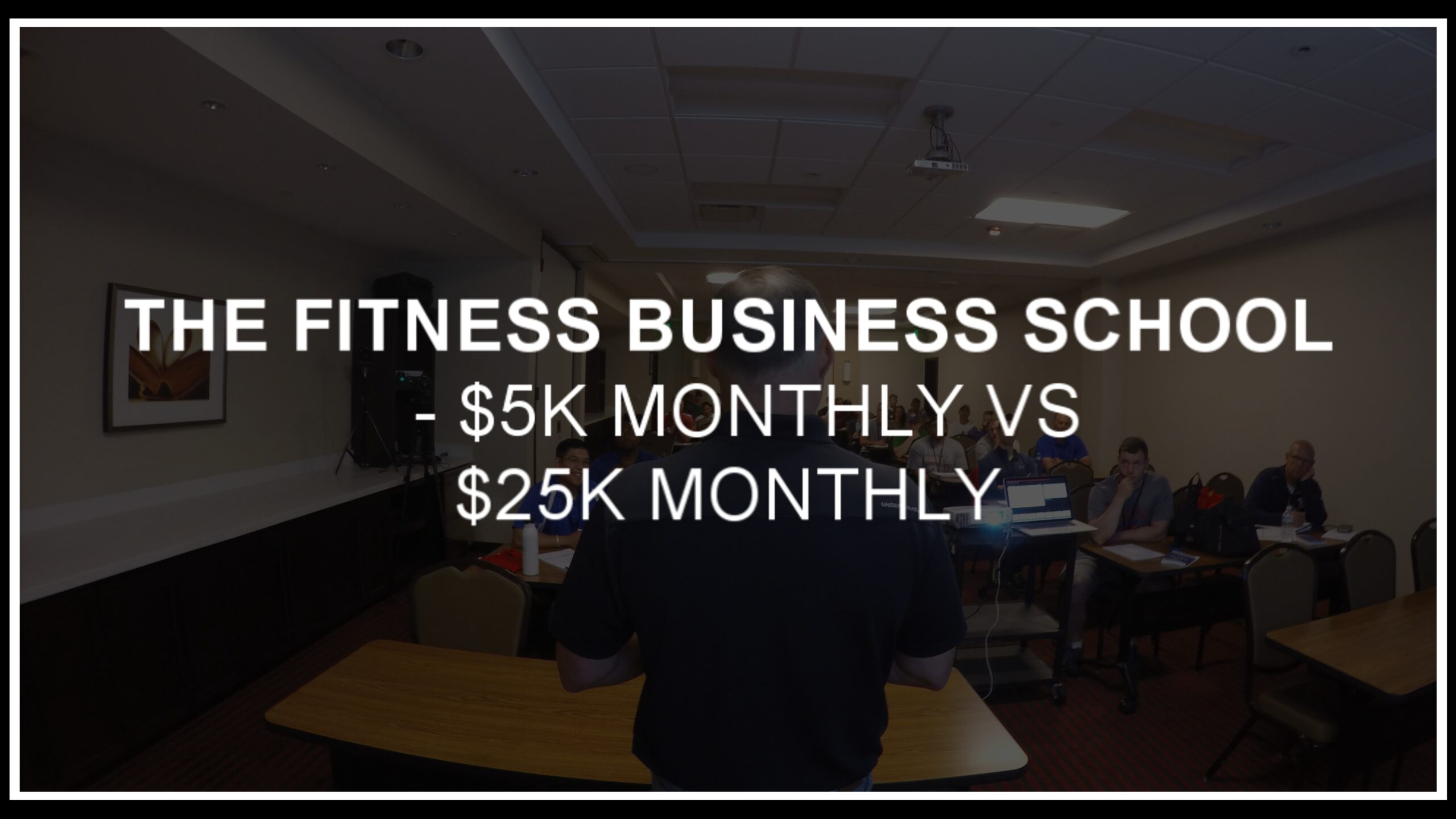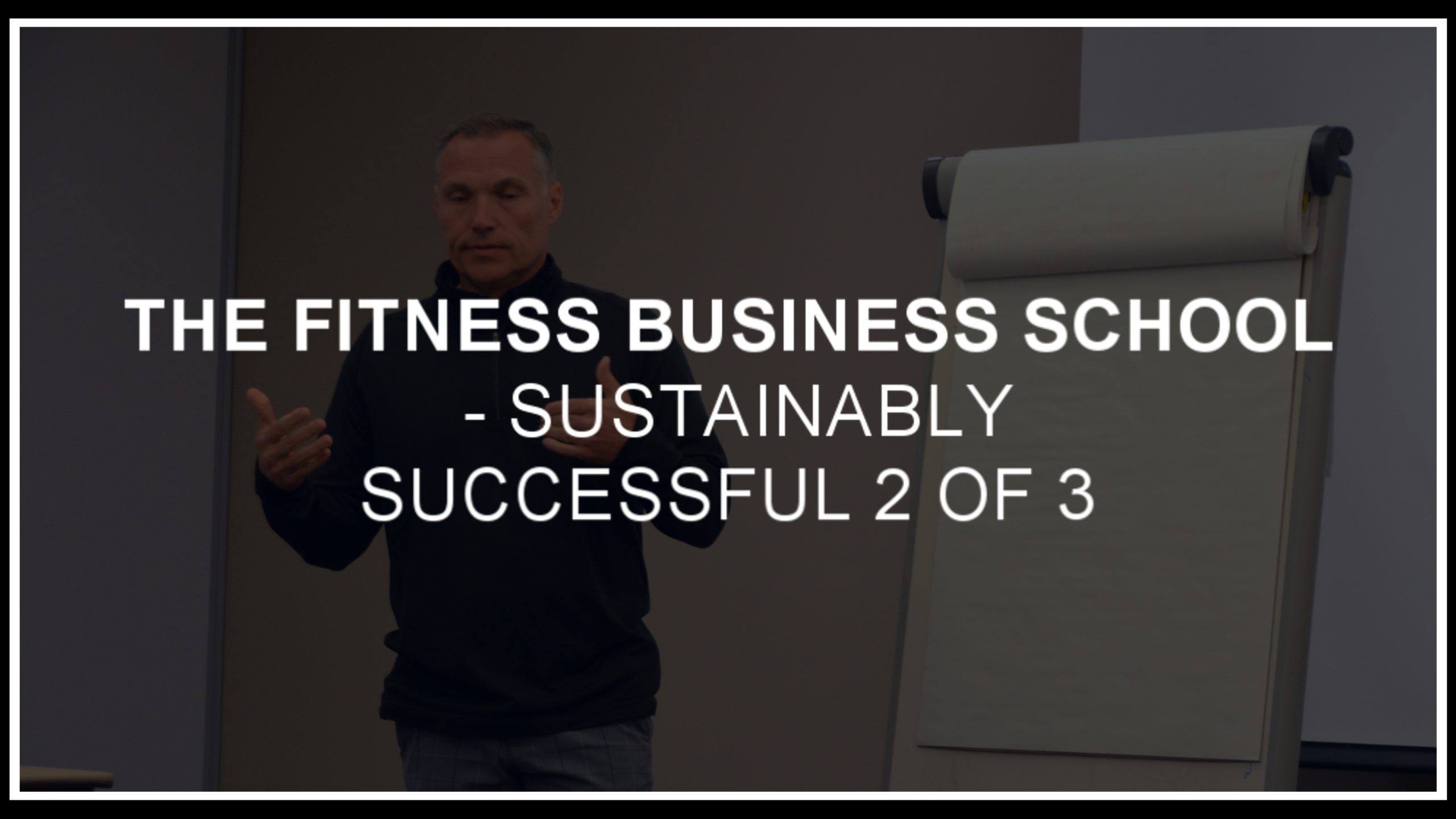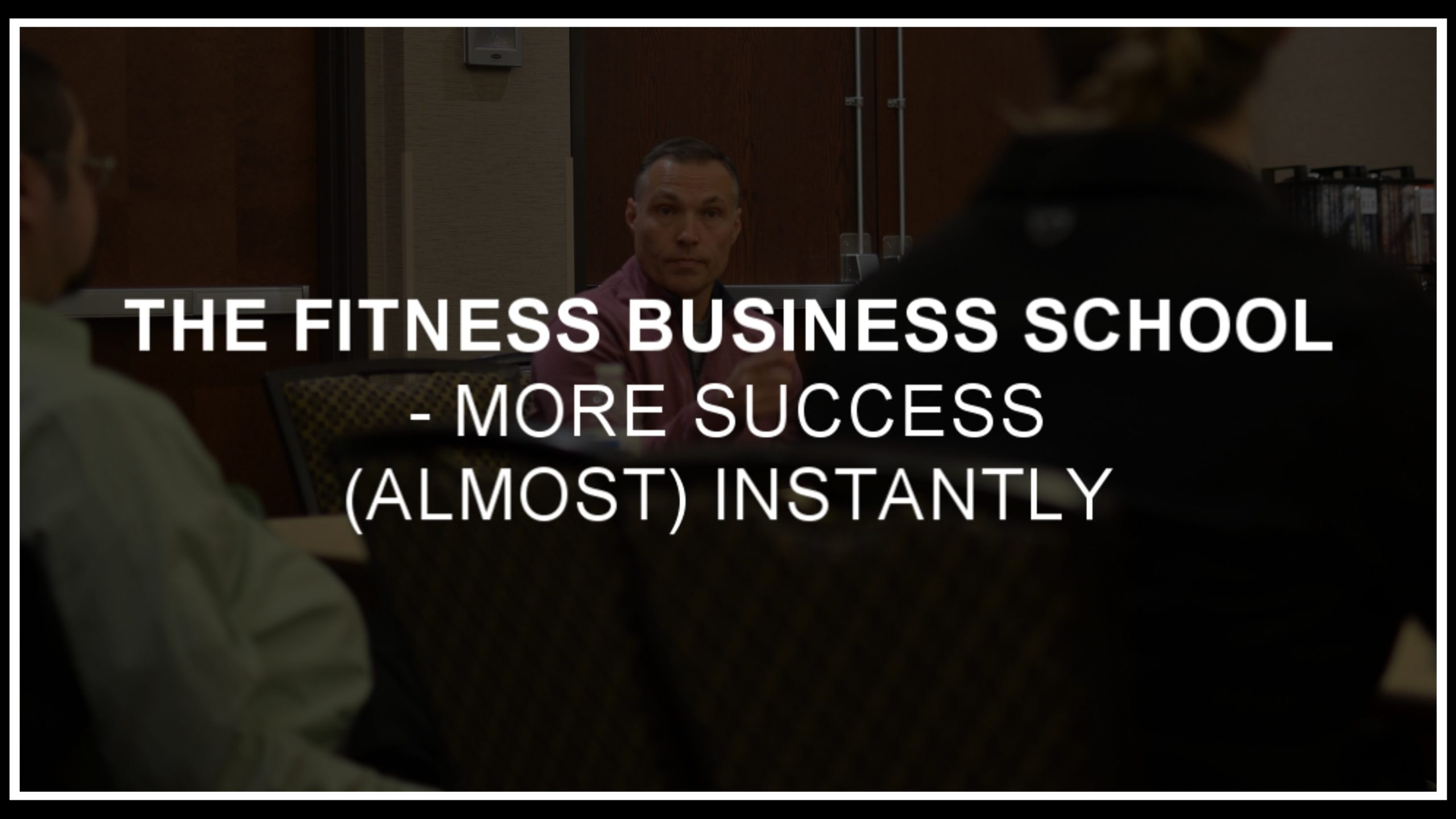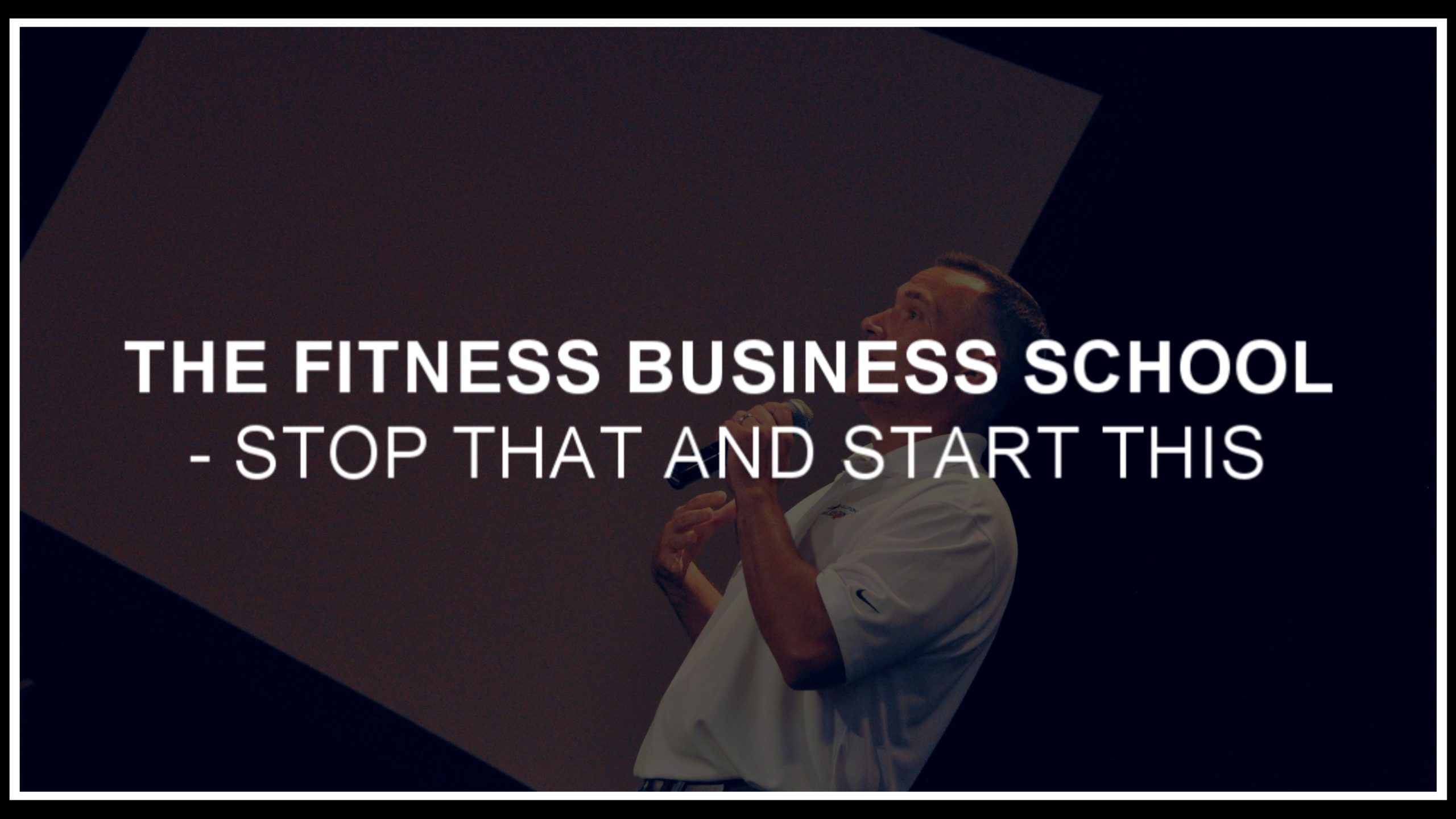By: Igor Klibanov, B.A. (Spec. Hons.), CTT, RTP
One of my long-time clients, Darlene got a grim diagnosis about 2 years after we started personal training: she had breast cancer. She had gone through chemotherapy and radiation, and eventually, the cancer was gone, so everything was good. Well, maybe not quite everything. She was alive. That was good. But her bone density started to deteriorate at an accelerated pace. This is usually what happens as a result of the chemotherapy, radiation, and the medications they gave her after the cancer. So accelerated loss of bone density is pretty much the rule, rather than the exception.
Usually, after this kind of treatment, bones continue deteriorating, and deteriorating, until around 2-3 years post-treatment, you’re using a medication to help you treat full-blown osteoporosis. Basically, in 2-3 years, bones can age much more than 2-3 years as a result of the treatment and medications.
Darlene didn’t want that, and certainly, I pride myself on using specific, targeted approaches to the client’s needs, so I didn’t want that either (sometimes it helps having a big ego haha).
For 2 tests in a row, her bone density had decreased in both her hip and her spine. Then, after another year, Darlene went for her third bone density test, and her oncologist was completely floored. Her bone density in the hip had stabilized, and in the spine, it actually increased. This happens extremely rarely in people who’ve gone through her situation.
We recorded a quick, 3.5-minute video, where she tells her own story, which you can see by clicking here.
So in this article, I’ll show you:
- The EXACT exercise program that we used to increase Darlene’s bone density
- The thought process behind it
- What we could have done to make it more effective
- Why conventional advice on how to increase bone density is wrong
As a fitness professional, you want to give your clients the best possible results. In fact, unusually good results, so much that they can’t help but share it with everyone they know. This article will go into the thought process that I used to help Darlene, and hopefully this helps you work with your osteoporotic clients as well.
The EXACT Exercise Program that We Used to Increase Darlene’s Bone Density
Warm-Up
5-10 minutes on cardio machine of choice
Joint rotations
10 front leg swings
10 lateral leg swings
Corrective Training
Perform the following exercises for 2 sets
Overhead bar spread – 30 seconds
Hip bumps – 30 seconds per hip
Resistance Training
Perform the following exercises for 3 sets of 5-7 repetitions, with a 40X0 tempo (where appropriate) in a superset format:
A1) Back squats
A2) Push Press
B1) Reverse hyperextension
B2) Seated rows
C1) Glute-ham raises
C2) Back extensions
D1) Face pulls
The Thought Process behind the Program
In this section, I’m going to highlight only the parts of the program that were relevant to increasing her bone density.
Warm-Up: Hip Bumps
This is a very uncommon exercise, and when other people saw us in the gym, they had very quizzical looks on their faces. It’s exactly what it sounds like: you bump your hip against the wall, and you do it for 30 seconds per side, for 2 sets. Darlene does a quick demo of it at 3:01 of the video.
Now, some of you may be thinking “but isn’t that too much impact on the hip? Can’t it fracture the hip?” Ah, my friend, the body is smarter than that. The body is a self-regulating organism. If it knows that bone density is low in an area, it will lower the pain threshold there, preventing the person from hitting it harder than they can handle. So if the bone density is low in the hip, the person will feel pain at lower levels of impact. As the bone density improves, the pain threshold is raised, and the person can bump their hip progressively harder.
Why are hip bumps so effective? Because of the principle of impact. Bones need impact to get stronger. Bone deterioration is a stimulus for new bone formation. And hip bumps ever so slightly stress the bone. Just enough for the bone to get stronger by next workout. It’s similar to strength training. You lift weights, and by the end of the workout, your muscles are weaker. But by next workout, the muscles are stronger.
We know from studies like this one, and this one that impact is the single biggest factor that determines whether bones will get stronger or not. Impact has a bigger effect on bone density than exercise choice, number of repetitions, rest intervals, frequency, etc.
We also know from studies in tennis players and studies in volleyball players that bones get denser only in the area where you stress them. Tennis and volleyball players have stronger wrists in the arms where they hold the racket, or hit the volleyball, compared to the non-dominant arms. But there’s really no difference in bone density in other areas of the body.
So that’s why hip bumps were used. And at a “dosage” of only 60 seconds per hip, twice per week, that’s a pretty good return on time investment.
Back Squats, Reverse Hyperextensions and Back Extensions
All of these exercises allow a person to use a significant amount of weight to complete the exercises.
Importantly, they also stress the bones that Darlene’s tests showed she was losing bone density.
Tempo: 40X0
When people look at exercise programs, they look at the exercises. But in this case, a small, but incredibly important part of the program involved the tempo.
You’ll notice that the tempo in Darlene’s exercise program is “40X0.” For those of you not familiar with tempo prescriptions, it means that she would take 4 seconds to lower the weight, no pause at the bottom of the exercise, and lift the weight as explosively as possible. Granted, if the weight is heavy enough, it won’t actually move explosively, but it’s the intention to move explosively that really matters.
In one study, researchers put two groups of postmenopausal women on the exact same exercise program, with only one difference: tempo. One group was instructed to perform the exercises explosively, and the other group wasn’t. Everything else stayed the same. The exercises were the same, the number of reps were the same, the amount of weight lifted was the same, the number of days per week was the same, etc.
At the end of 1 year, the group that performed their exercises explosively had stronger bones than the group that didn’t.
Number of Reps: 5-7
You’ll notice that the number of reps per exercise is only 5-7. We didn’t do 10 reps, and we didn’t do 15 or more reps. Why? Because the amount of weight is a stronger stimulus for bone density, compared to number of reps, that was the variable we chose to accentuate.
What We Could Have Done to make it More Effective
I’m never satisfied with my results (even if Darlene’s oncologist was), so once I have a measurement, I do a “post-mortem” to reflect and analyze on what could have gone better. What could we have done to get even better results that we already did?
In retrospect, there were a few “stumbling blocks” or things that could have gone better.
- This program was started in May. But Darlene is a golfer, so when the weather gets good, her workouts become inconsistent. She went through a four-month period (June-September) where she might have only done one strength training workout every 2-3 weeks. There’s no surprise that twice per week is far better than once every 3 weeks. She stayed active by doing fitness classes, golfing, and jogging, but none of those contribute to bone density (I’ll discuss that in the next section).
- Darlene also likes to do fitness classes, and jog in between strength training workouts. And while they may be fun, they don’t increase bone density. Not only that, they decrease her power output during her strength training workouts. Less power output means less stress on the bones. Less stress on the bones means slower and smaller increases in bone density.
Why Conventional Advice on How to Increase Bone Density is Wrong
The conventional advice on how to increase bone density is “do weight-bearing exercise.” That means do exercise where you actually have to take your weight (like walking or running, etc.). As opposed to exercise where your weight is supported somehow (like swimming, where the water supports your weight, or biking, where the bike supports your weight).
Good advice, but only for the very, very, very deconditioned. If you go from being a couch potato to walking on a regular basis, yes, bone density will increase. But only a little bit, and not for very long. And it likely won’t out-pace the rate of bone deterioration. So on a subsequent bone density test, your bones will likely still be weaker, but not as weak as if you hadn’t walked.
Why? Because your body adapts. You walk regularly, you get better at walking. Your bones get just strong enough to be able to handle walking, and no stronger. You need progressively stronger and stronger stimuli for the body to keep adapting. For instance, if you run 5K for 10 years, and one day you decide to run a marathon out of the blue, your body will not cooperate with you. Likewise, if you lift 10 pounds all the time, you’ll get good at lifting 10 pounds, but you won’t get any stronger than that.
Same thing with the bones: your bones only become as strong as they need to be to accommodate a given challenge, and no stronger. So the challenge needs to become greater and greater. “So can’t I walk longer distances to make it harder?”, you might be thinking as a way to increase the stimulus of walking. The answer is “no.” Walking longer distances will enhance your ability to walk long distances. But duration is not the primary stimulus for bone density improvements. Force is. And the only way to enhance the force of walking is to gain weight. Not desirable.
With strength training, on the other hand, progression is simple. As a fitness professional, I don’t need to tell you that your client’s weight should get progressively heavier if the goal is increased bone density.
This forces the bones to get progressively stronger to accommodate to the added weight that they are using.
Hopefully this breakdown helps you, the fitness professional write effective programs for your clients with osteoporosis, so that they, too can see similar (or even better) results.
P.S. – 6-Weeks of Coaching…Free.
Get a surge of new clients and revenue over the next 6 Weeks with ZERO FEE and no obligation to continue?
If you’re a current business owner who wants to add 50K or more in annual revenue over the next 12 month, you can Test Drive our coaching program for 6 Weeks with no fee or even an obligation to continue as a way to demonstrate how we can help you grow your business.
No strings attached. No obligation. You get our best coaching & tools…and hopefully, you’ll love it enough that you want to keep working together.
Would you be interested in discussing?
If so, email me here with ‘interested’ in subject line and we’ll set up a chat.


